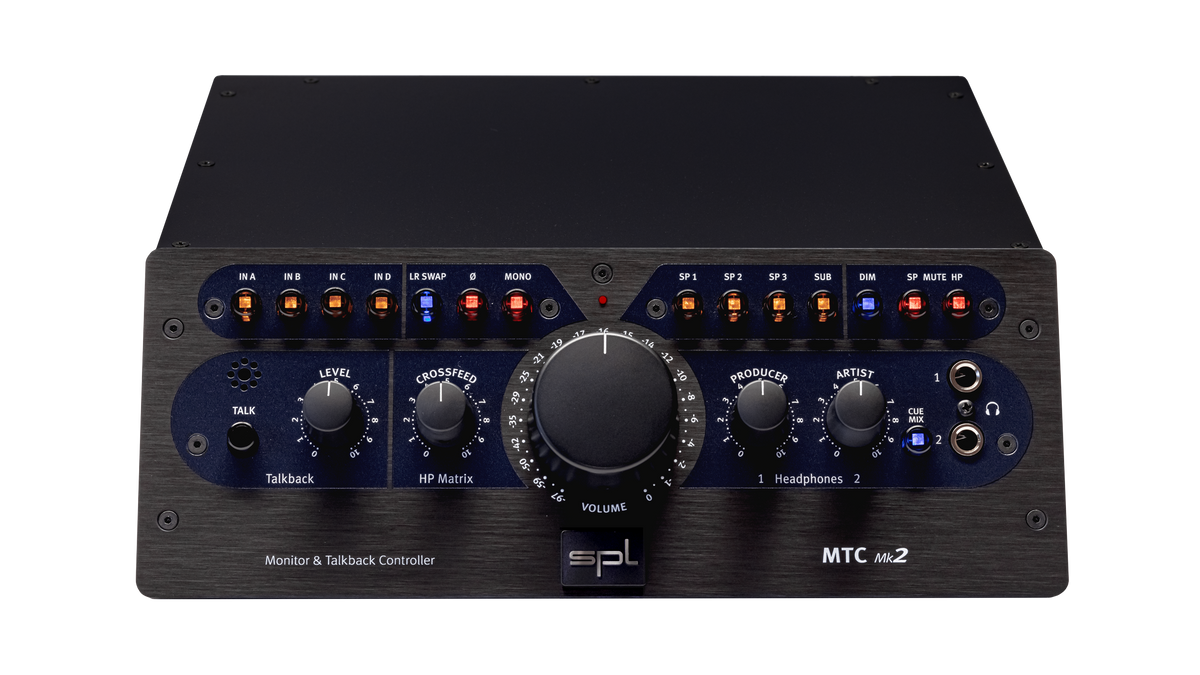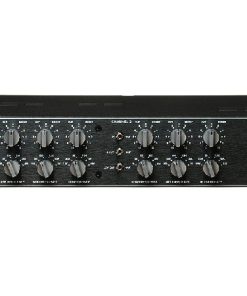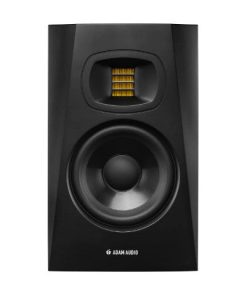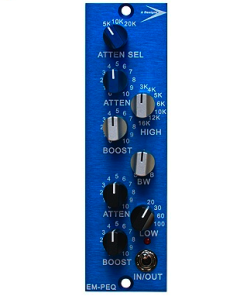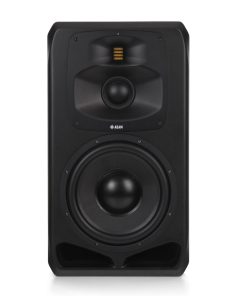SPL MTC Mk2 SPL
$ 1.299,00 $ 324,75
The next generation Monitor & Talkback Controller – studio standard redefined.
This classic has been updated with new features adapting it to the demands of modern music production environments.
Advanced source and speaker selection, multiple monitoring modes, an integrated premium talkback system, headphone amplifiers with Phonitor Matrix,
an additional input for a dedicated artist mix, and an internal audio operating
voltage of +/-18 volts make the MTC Mk2 once again the
professional studio standard among monitor controllers.
Full Control
The 45 mm big, massive, milled from aluminum knob for the analog volume control, offers the perfect control range to adjust the monitoring volume intuitively and precisely.
Speakers & Subwoofer
The MTC Mk2 provides three pairs of outputs for stereo speakers and a mono output for a subwoofer.
The respective stereo pairs are selected with high-quality analog switches. Each pair has its individual switch. Thus, multiple selection is also possible. The SUB switch can be used to switch an additional subwoofer on and off. The SUB can be combined with any speaker pair. The subwoofer output sends a mono summed signal with full frequency range. Alternatively, a mono monitor speaker can be connected to the SUB output.
Monitoring modes
MTC Mk2 allows three different monitoring modes.
As a standard, the mix can be monitored in “stereo”. Mono compatibility can be checked in “mono”.
The phase of the signal can be reversed via the phase inversion switch Ø.
A special feature is the third mode – the channel swap function: LR SWAP
LR SWAP reverses the stereo image. Left becomes right and right becomes left. This is especially time-saving when you are monitoring samples in video dubbing that should match a scene with direction of movement.
If the direction is not correct, you usually have to load the sample into the DAW to switch channels. LR SWAP allows channel swapping directly in the monitor controller.
Tip: M/S – Mid or Side?
By using the MONO and the phase invert switch in combination, it is possible to only monitor the M or S signal. When “Mono mode” and phase inversion is active, only the S signal is played back.
If the phase inversion is switched off, the Mono signal corresponding to the M signal is played back.
Separate monitoring of the M and S signals has become a standard for many mixing and mastering engineers.
Dim and Mute
Besides the DIM switch for a quick attenuation of the monitoring volume by 10 dB, the MTC Mk2 also offers the option of completely switching off all speaker outputs with the SP MUTE switch. This is useful, for example, when monitoring via a pair of speakers with a subwoofer. So only one switch has to be pressed to turn off this combination.
If an error occurs in the DAW and a full level noise signal is output from the computer, activating the mute function protects the connected equipment and the hearing from damage.
In addition to the SP MUTE, there is also an HP MUTE. This deactivates the headphone outputs of the MTC Mk2. (This does not apply to headphone output HP 2 when CUE MIX is activated).
Perfectly adjusted
At a regular listening volume (e.g. 83 dB SPL at the monitoring spot), the volume control should be in the one o’clock position. This gives you an ideal control range for listening at quieter or louder volumes.
If active loudspeakers or power amplifiers are very sensitive, the playback can already be quite loud when the volume control is in the first third of its control range.
Activating the -6 dB and/or the -10 dB DIP switch (DIP 2 & DIP 3) accordingly attenuates the output level, to use the ideal range of the volume control. If DIP 2 and DIP 3 are set to on, the result is a level attenuation of approximately 13 dB.
The headphone output stage
The MTC Mk2 delivers full headphone sound – twice!
The output stage of the headphone amplifiers is designed as a push-pull amplifier in Class AB mode. The bipolar transistors share the amplification of the positive and negative half-waves, which produces a higher gain and a higher output voltage than in Class A operation, where only one transistor amplifies both half-waves.
The output stage transistors are thermally coupled and thus run particularly coherently, which contributes to a consistent and stable sound image. The power supply has a buffer circuit with low source resistance, ensuring generous current reserves even when operating low-impedance headphones.
Both headphone amplifiers feature the Phonitor Matrix.
(If CUE MIX is active, only the producer hears the headphone signal with Phonitor Matrix. The artist hears their headphone mix without Phonitor Matrix).
Prompt Delivery and Professional Packaging
Our long-standing partnership with UPS FedEx DHL and other global carriers lets us offer a range of shipping services. Our warehouse staff is extremely skilled and will package your items according to our precise and exact specifications. Your goods will undergo an extensive inspection and be safely packaged prior to being sent out. Each day, we ship to thousands of customers in many countries. The fact that we are committed to becoming the biggest online retailer in the World is clear. These warehouses are in Europe in the same way as they are in USA.
Note: Orders that include more than one item are assigned a processing period depending on the item.
Before shipping, we will inspect thoroughly the items you have ordered. Most orders are shipped within 48 hours. Expected delivery time is between 3-7 days.
Returns
Stock is dynamic. It's not entirely managed by us since we are involved with multiple entities, including the factory and the storage. The actual stock can change at any moment. It is possible that your order may be out of stock once the order has been placed.
Our policy lasts for 30 days. We cannot exchange or refund your order if it has been 30 days from the date of purchase.
For your item to be returned it must be in its original packaging, unopened and in the condition you received it. The item must be in its original packaging.
Related products
Equalizers
Accessories
Recording Equipments
Monitor Systems
Accessories
Monitor
Recording Equipments
Monitor
500 Series
Headphones
Accessories
Recording Equipments
Microphones
Accessories
Accessories
Mic Preamp
Recording Equipments
Monitor Systems
Microphones
Microphones
Monitor Systems
Monitor Systems
Subwoofer
Microphones
